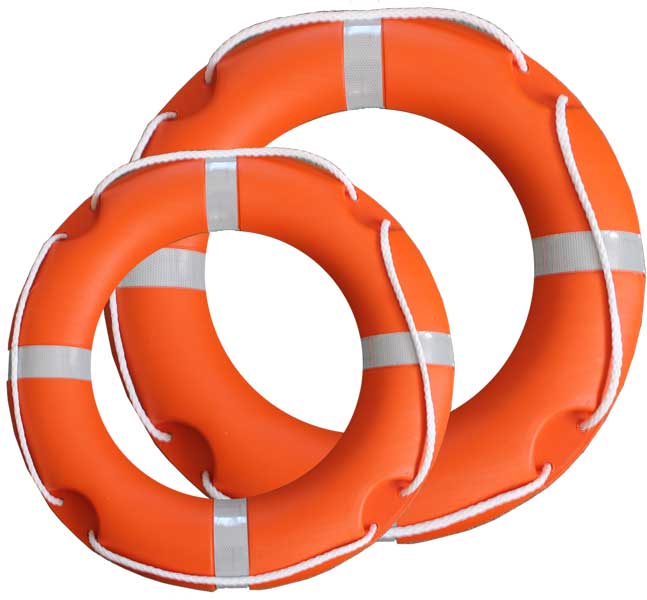Water Safety Ireland is calling on everyone to give the same attention to water safety as they do for Covid-19. Swimming lessons nationwide have been cancelled for over fifteen months, therefore the organisation is asking people not to overestimate their swimming ability or underestimate the risks at Irish waterways. To stay safe, the public is asked to swim within their depth at Lifeguarded locations where rip currents can be spotted and avoided. As part of National Water Safety Awareness Week (June 14 – 20), the organisation is highlighting the key steps that people can take to reduce the risk of drowning:
· Beware of rip currents. They can be difficult to spot and take you away from the shore. If caught in one, never swim against the current, swim parallel to the shore until you leave it, then swim back ashore more details here https://watersafety.ie/open-water-swimming/.
· There have been no swimming lessons for 15 months, so know your limits. Swim at lifeguarded waterways. Swim between the flags and stay within your depth.
· Keep your family safe by never using inflatable toys on open water and always supervise children closely.
· As you socially-distance, avoid swimming in unfamiliar areas that are potentially unsafe. If a safe waterway is crowded, go for a walk and swim when it is less crowded. After swimming adopt a “Swim-And-Go” mindset so that others have enough space to swim safely. Be kind and share our waterways.
· Before you get out on the water, get into a lifejacket. Always wear a lifejacket when paddle boarding, angling or boating and make sure it has a correctly fitting crotch strap. Check local tides, currents and weather forecast before going out, leave word ashore of your plans, have a means of communication i.e., a mobile phone or a handheld VHF radio in a waterproof container.
· Never mix alcohol with water activities. Even though pubs have yet to fully reopen, do not be tempted to drink near, on or around water. Alcohol is a factor in one third of drownings.
· When walking the shoreline be aware that incoming tides can lead to stranding.
Know The Lifeguard Flags: No Lifeguard flag means that there is no Lifeguard on duty. A red flag means that a Lifeguard is on duty but has deemed conditions to be too unsafe to swim. The red and yellow flags mean a Lifeguard is on duty and the Lifeguard is patrolling between those flags.


